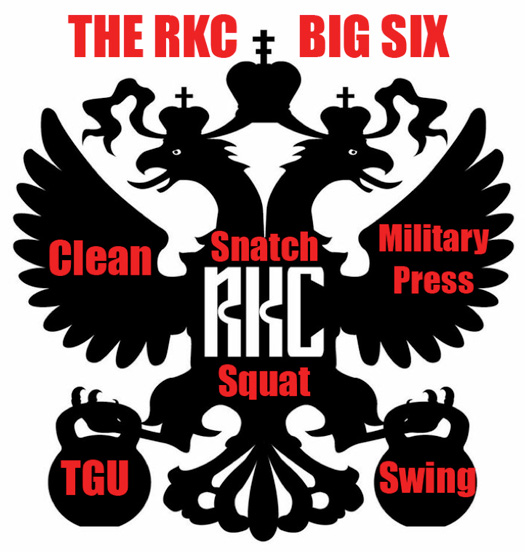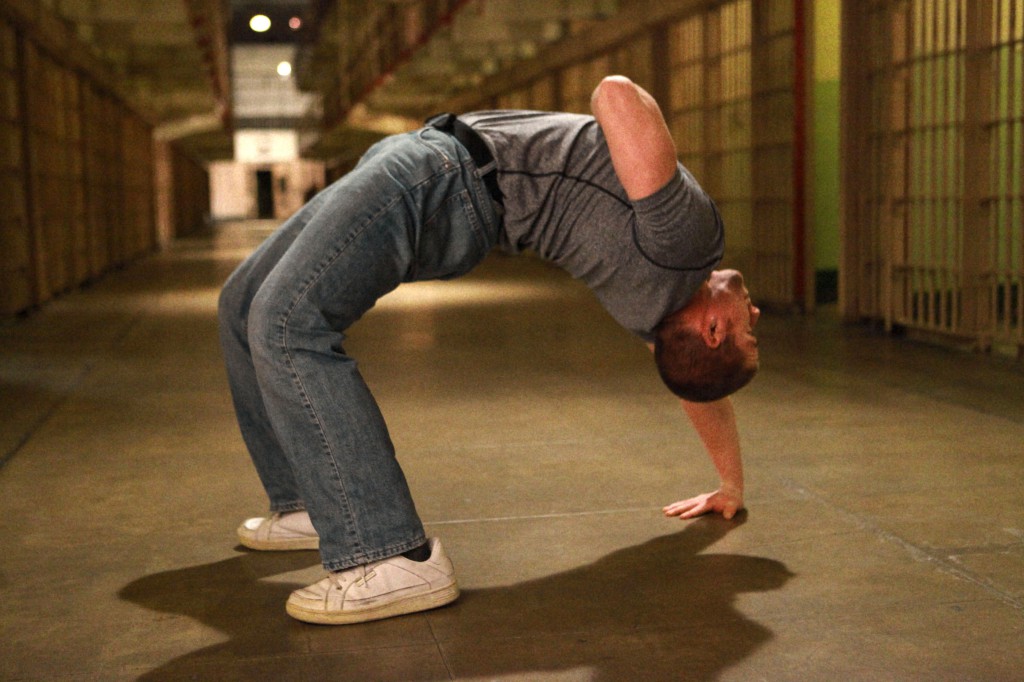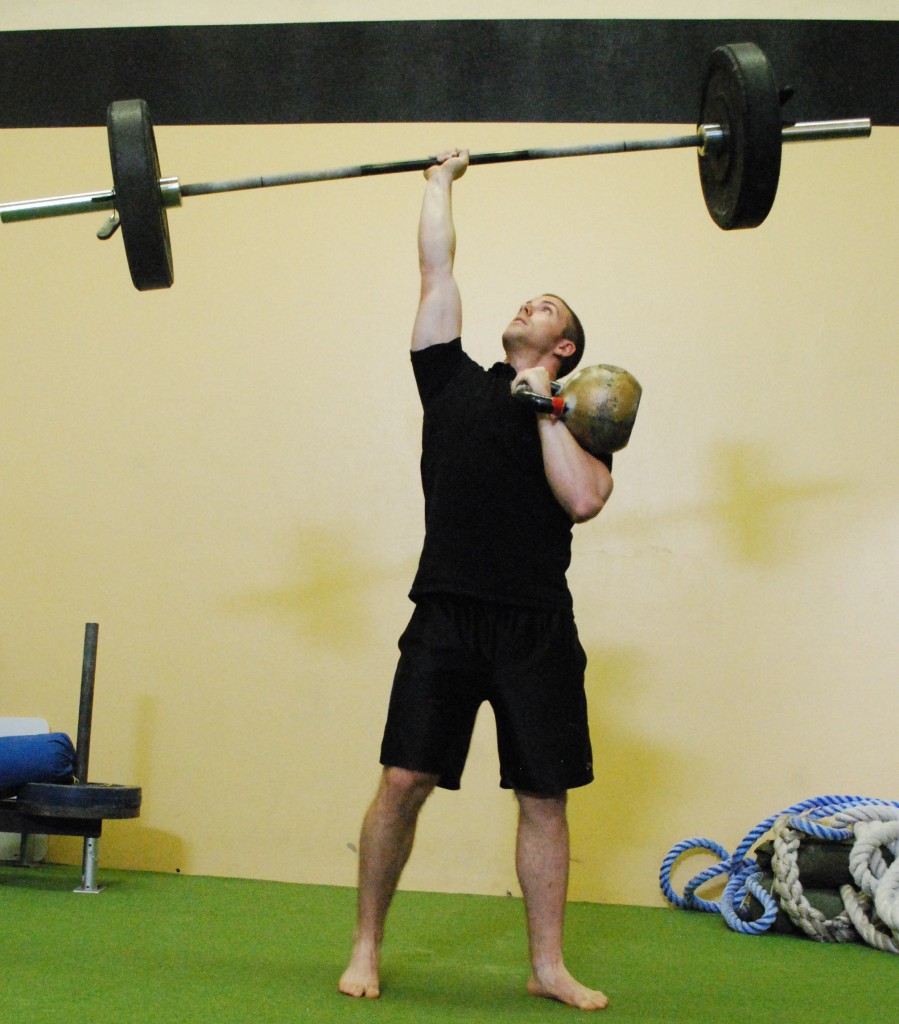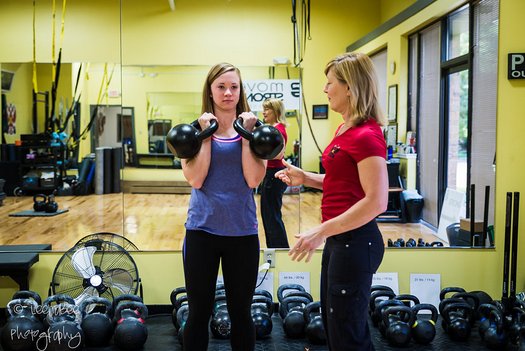
An online fitness magazine caught my attention recently when the headline read, “The Problem with Kettlebells is …”
The article explained that the problem is there are not enough certified kettlebell coaches to match the interest in kettlebells at the average gym. The result is poor technique and injuries resulting from no understanding of how to do the movements and lifts.
But there are plenty of Russian Kettlebell Certified (RKC) coaches out there who can not only keep people safe, but help them reach the next level of fitness.
Here are my 10 reasons why you should hire a certified kettlebell coach:
1. Train Safely – at all of the RKC certification events, safety is the number 1 priority. You will use kettlebells safely or you will not be using them at all. A certified coach is a representative of the RKC community and we are responsible for keeping our clients safe and safely progressing in their kettlebell skills and mobility work.
2. Get Strong – our certification prepares us to design programs to get our students stronger using smart, proven hardstyle technique that yields results. An RKC has learned and practiced numerous regressions and progressions to address movement challenges and adapt the skills to different fitness levels. For example, if a student is struggling with the swing, we have multiple methods to address issues such as a lack of hip mobilization, squatting or hip pop timing issues and so on.
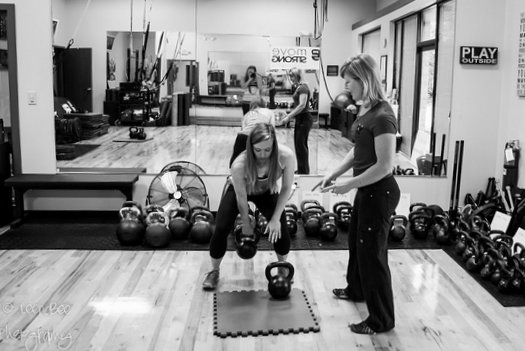
3. Move with Power and Precision – people sometimes ask me, “How long before I get really comfortable with the technique?” That will depend on many factors, but RKCs teach you to move with power and precision on Day 1. There is no short-cut for perfect technique and we keep working with our students, their anatomical structure, their former injuries, their goals and so much more to help them to achieve strength and movement efficiency.
4. Regain Foundational Movement – being able to move well is something we never stop learning, teaching and practicing with our own training and with our students. Movement always comes before strength. A certified coach will challenge their students to address whatever issues present with the FMS or other movement assessment tool. Some foundational movement improvements realized with RKC coaching include: squatting, lunging, reaching, hinging, lifting, carrying and single-leg balancing.
5. Acquire a New Skill – when people inquire about kettlebell training I compare this to learning a skill like golf or skiing. It takes time and practice to get really good at this. But even in the first month, under the direction of a certified coach, students can become skillful at the key lifts. They can take this skill with them into the rest of their lives … into any gym, home, on vacation or at the office. The kettlebell is a handheld gym, so this is a skill that they can use often in varied environments.
6. Understand Your Body to Prevent Injury – there is absolutely no way to train with kettlebells and not learn something new about your body in terms of posture, breathing and muscular-skeletal activation. A physical therapist friend said that he had no idea about the power of the latissimus dorsi until he started using kettlebells. Understanding how and when to engage and use the lats and other key muscles, such as the glutes and hamstrings, is something that many life-long exercisers have not paid much attention to. This understanding of how and when to engage muscles and use the biomechanical match breathing can take one’s physical training to a new level.
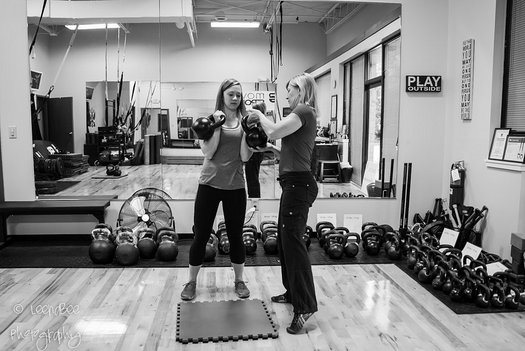
7. Train with Goals in Mind – there is nothing random in our training methodology. This is training to get strong and to move better using a variety of ballistic movements and grinds, upper and lower body, push, pull, lift and carry and ongoing mobility work to reach goals. I highly recommend the book, Master the Kettlebell for more information about RKC methods and programming.
8. Integrate with other Fitness Practices – programming at my gym is 80-90% kettlebell-focused. This will vary among certified kettlebell trainers of course, but programming kettlebell training along with barbells, TRX, Crossfit, yoga and the martial arts works and yields great results in terms of building strength and resilience.
9. Address Weaknesses and Asymmetries – an RKC certified coach will teach you single-arm and two-arm movements and lifts. With the single-arm kettlebell training especially, weaknesses or asymmetries may become apparent. An RKC is trained to address/improve/eliminate imbalances to prevent injury and increase performance–and refer someone to a medical professional when someone has pain or seriously dysfunctional movement.
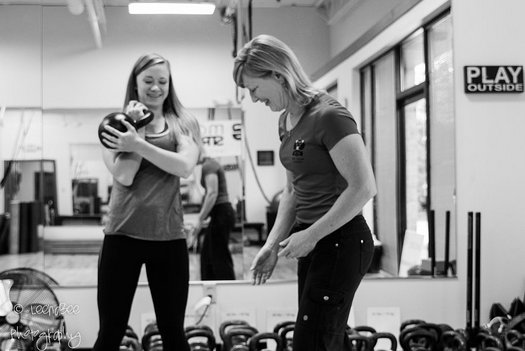
10. Learn from Someone Who is a Coach First – the RKC program focuses on making us good kettlebell coaches. RKCs enjoy training with kettlebells, but we know the power in this is teaching the art of safe, efficient kettlebell skills to our students. We love to share our passion and we take pride in being RKC. We work hard to uphold the high standards set before us. Our certifications are physically and mentally demanding and we ask instructor candidates to take their preparation very seriously months in advance. RKCs recertify every two years and we have a community of coaches that support each other.
Looking for an RKC instructor in your area? Search our world-wide listing. Ready to sign up for an HKC or RKC certification event? Register for your life-changing experience now.
